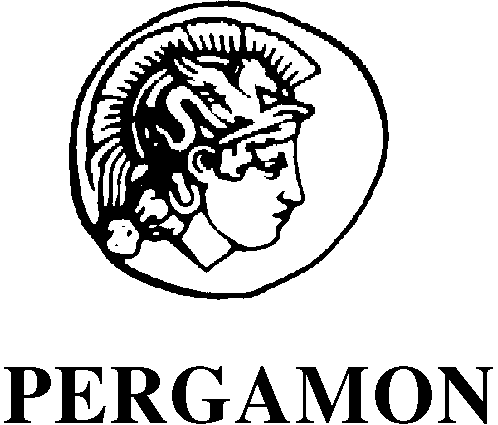Alternative treatment plan and consent for medical abortion with mifeprex (mifepristone) and misoprostol
Alternative Treatment Plan and Consent for Medical Abortion with Mifeprex (Mifepristone) and Misoprostol I, _______________________________________, hereby authorize and consent to the performance of a medical abortion with Mifeprex and Misoprostol by and under the supervision of Dr. _______________________. I understand that I am pregnant and the purpose of the medical abortion is to term
 Management
Management